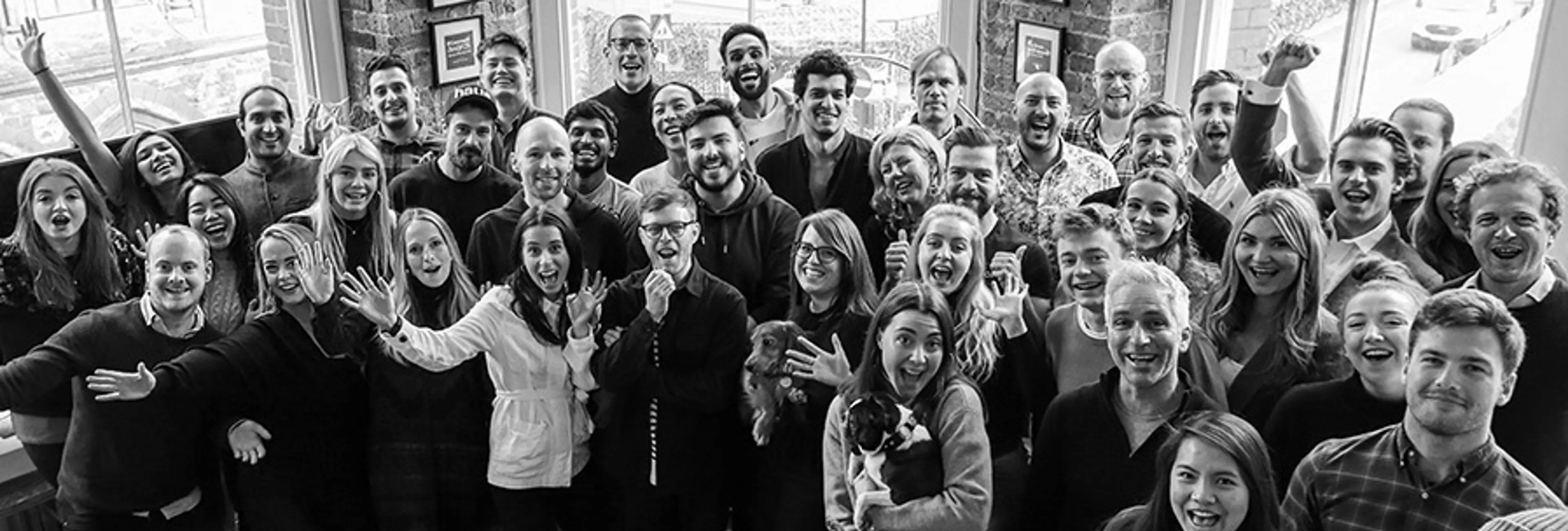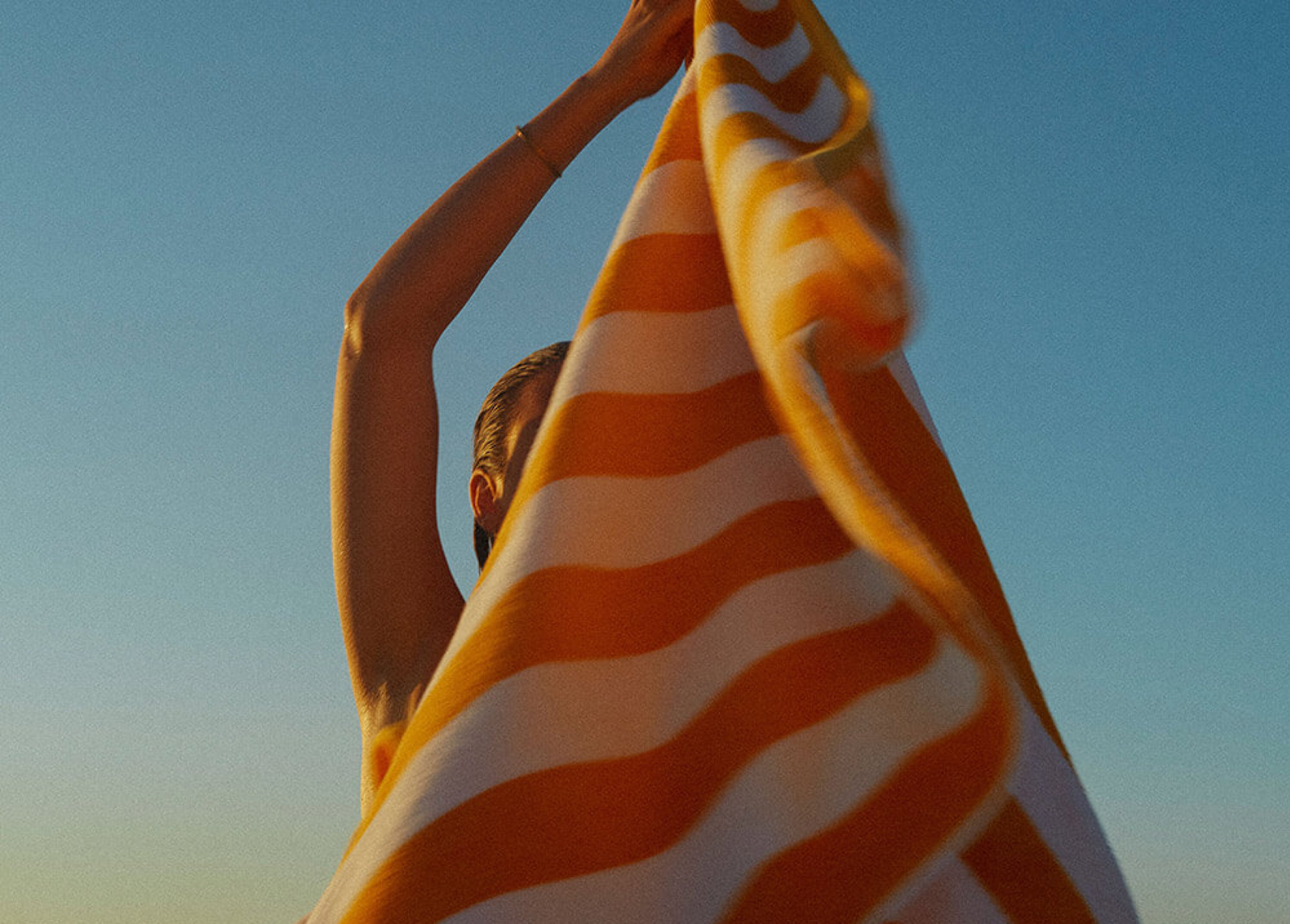
Brand & CX
1 Jul 2023
5 Min Read
Hedonic Escapism: Crafting Luxury Moments at Music Festivals
By unpicking escapism, hedonism and self-actualisation’s place in the luxury sphere, we weave new narratives for brands wanting to break into the festival experience, offering designed moments that evoke, immerse and connect.
High summer in the northern hemisphere means a few things; namely sun, heat and festival season. In the UK, it’s that unholy trinity plus torrential rain, and in turn, dancing in fields of sparkling mud.
But before glitter and amps, tinnies and security, the Ancient Greeks held extravagant events dedicated to music and art. Live performances, feasts and competitions were commonplace: an early example of music’s simultaneously constitutional and reflective place in forming identity.
We can trace music festivals as we know them now to June 1967. If we’re speaking technically, the Fantasy Fair and Magic Mountain Music Festival (what a name) was the first big modern rock festival, held at Mount Tamalpais in California. A week later, that technical title would be overshadowed by Jimi Hendrix’s legendary guitar-burning antics at Monterey, now frequently cited as the first in popular memory.
Two years later in August, Woodstock Music and Arts Fair opened to a 400,000-strong crowd in Bethal, New York (40 miles southwest of actual Woodstock, NY). Despite geographical inaccuracies, those three days on a dairy farm became a pivotal moment for popular music and a defining celebration for the countercultural generation. A year after that and an ocean away, Worthy Farm hosted the first-ever Glastonbury Festival on September 19th—the day after Jimi Hendrix died.
Fast forward 53 years, festivals have become a staple in the world’s social fabric. Increasingly commercialised (to the ire of many) but still wildly attended—ticket sales have become bloodbaths in the last decade—they’re coveted for their lineups but returned to for the feelings they evoke. The pleasure of being there, the escape from daily life, far from the madding crowd. Admittedly into another crowd, still frenetic at times but ultimately freer.
And luxury has a place here too. Aside from the fact that more and more boutique festivals have popped up in recent years (Wilderness, KITE, Jupiter Rising), established mass appeal festivals are being luxified. Both in the traditional sense; exclusive add-ons, glamping upgrades or a chopper drop-off, and in a more MOF luxury sense: little moments that make an end-to-end experience unmatched but aren’t grotesquely excessive. Measured indulgence.
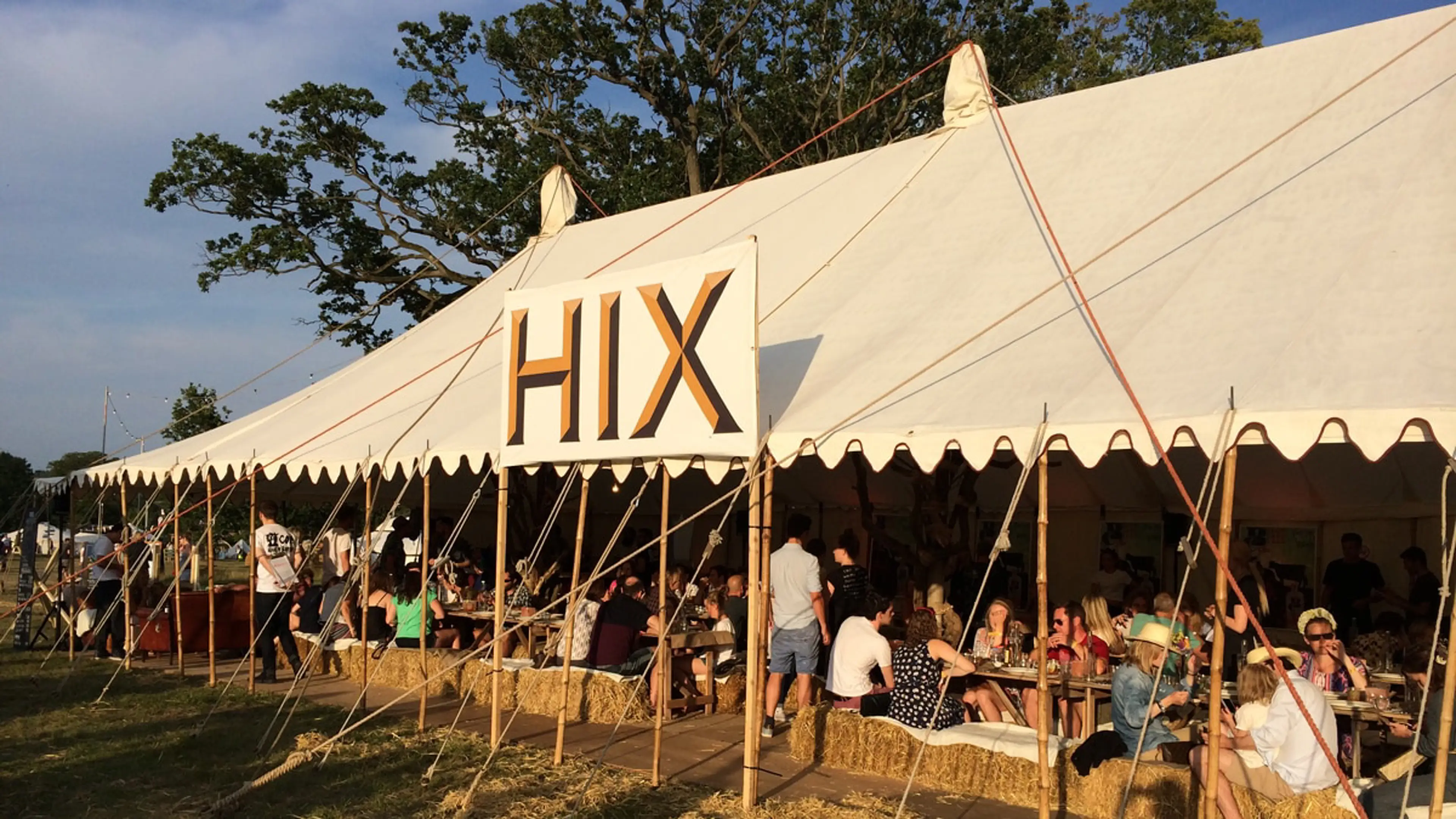
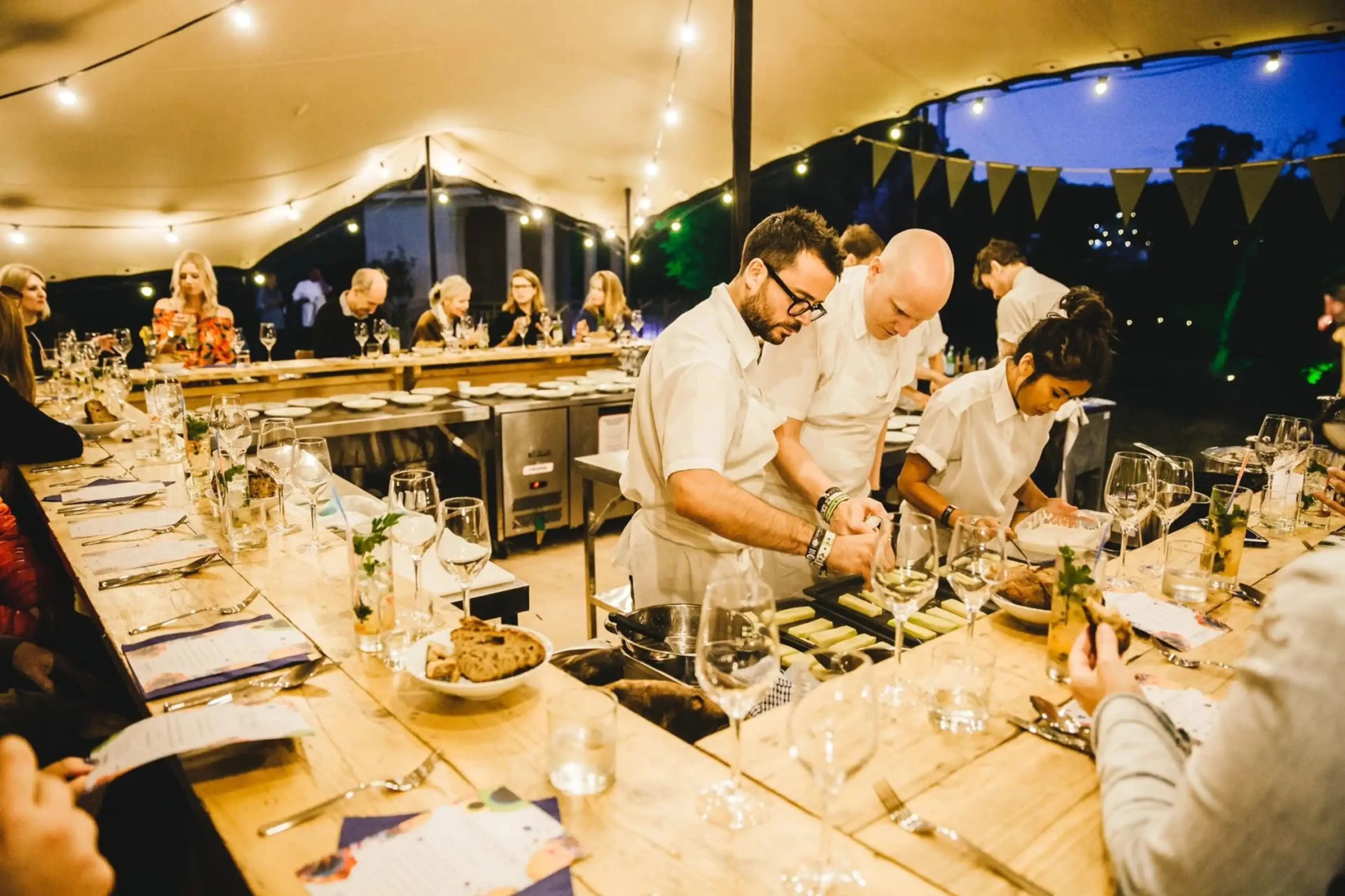
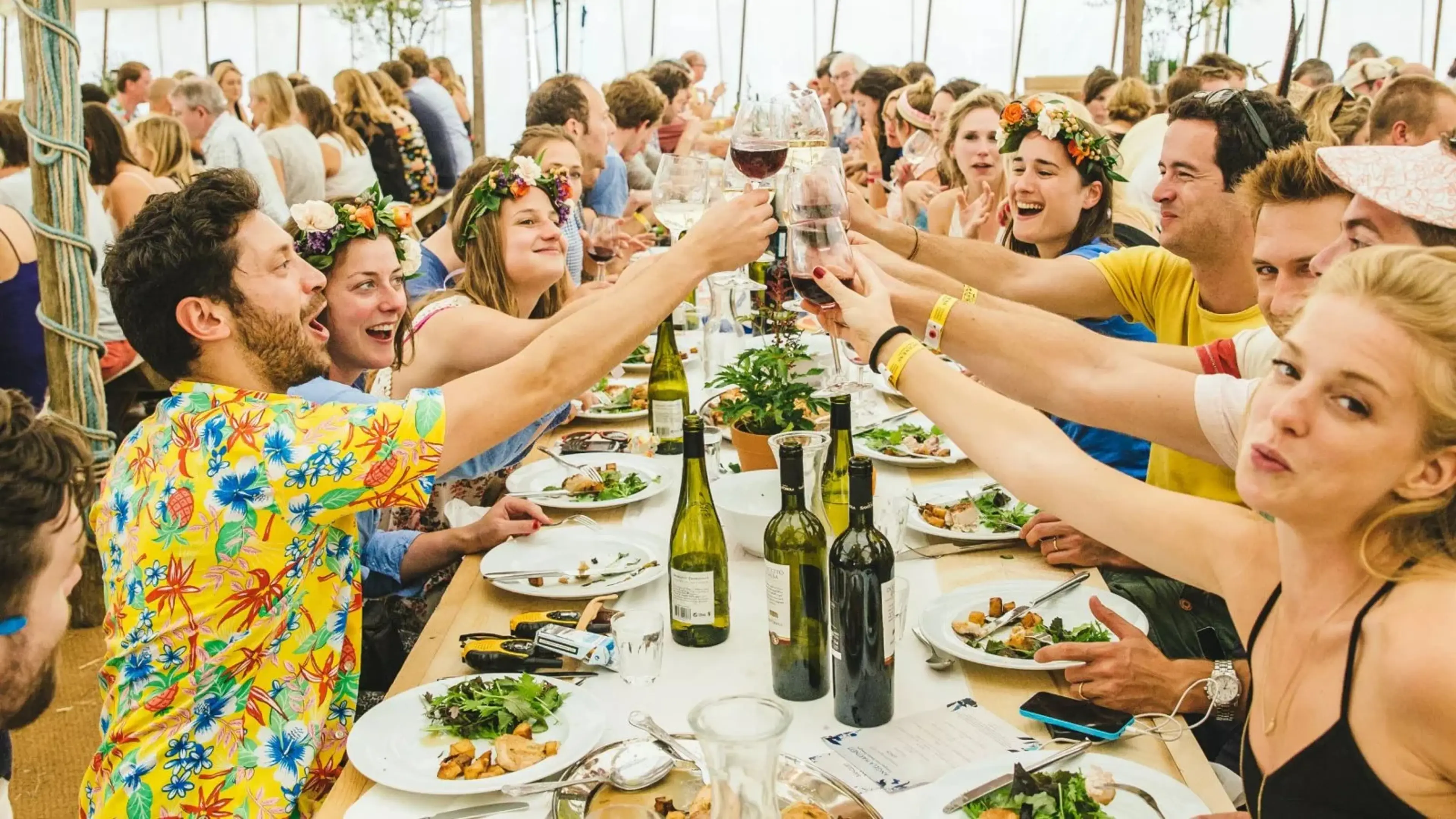
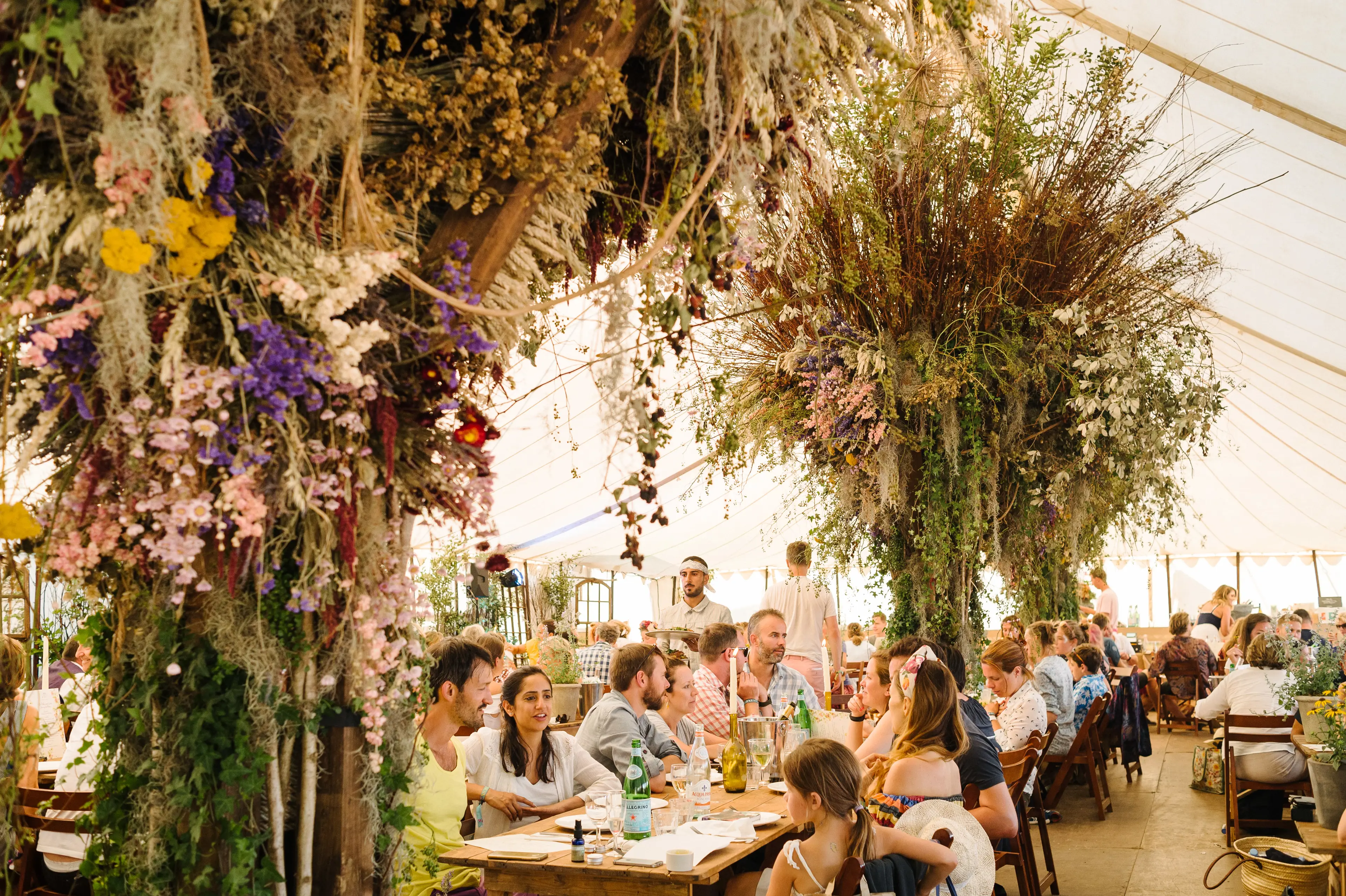
Hedonic Escapism & Moments of Luxury
Hedonism and escapism’s role in luxury experiences is a complex one. Affluent lifestyles aren’t typical ones to run from, and pleasure is perceivably part of the everyday.
There’s also the pleasure paradox to contend with. The idea that if we seek pleasure or happiness for the sole purpose of achieving it for ourselves, we’ll fail.
It’s not as pessimistic as it sounds. On the whole, hedonism is about pursuing pleasure and avoiding pain so in that sense, our business and our partners are hedonists on behalf of consumers; alleviating pain points along the customer experience, replacing them with moments of service and imbuing other touch points with joy and charm.
To break the paradox of hedonism, we must balance indulgence with meaning. When designed luxury experiences, moments of service and delight are just as crucial as moments of commerce. In our work we often call it the ‘symbiosis of brand and conversion’. Too much focus on conversion and perceived value shatters. Too much on brand and businesses make no money.
While, the experience economy has been a significant force in luxury since entering the post-COVID era, a more specific category is taking shape: the transformation economy.
Just like its predecessor, the transformation economy still centres on experiences that stand in stark contrast to everyday life but these unusual encounters will also spark personal expansion. They will have transformational value; paving the way to authentic happiness, self-actualisation and fulfilment through peak experiences, communitas, liminality and occasionally culture shock.
In an age of disillusionment, where spirituality is increasingly for sale, re-enchantment through peak experiences is our best bet.
Self-actualisation is the ultimate luxury good.
And it’s one afforded, almost exclusively, to the affluent in our current economic context. Self-actualisation is a privileged state of being, and that caveat should be reiterated time and time again.
But because festivals are made for more than the top ten percent, they offer a unique opportunity for luxury.
The Festival Opportunity
The power of festivals for brands lies in their high intensity. They’re adult playgrounds; marginal, liminal zones devoted to hedonism, uninhibited fun and euphoria.
In an issue of Leisure Studies, social theorists Jenny Flinn and Matt Frew describe the appeal:
“At its core, festivity reflects a gregarious collectivism, celebrates carnal desire and conveys the promise of libidinal release. In a modern rationalised world of harried and disenchanted life- styles, the fantasy of festivity exerts a magnetic allure on a mass scale.”
Dynamic temporary ecosystems, festivals capture the freedom factor we get when we travel and then add another dimension of intentionality—which is ultimately what sets designed experiences apart.
At festivals, people want to see and do extraordinary things. They’re paying for the atmosphere and the shared experience. They’re an audience looking for spectacle and often wanting to be a different self; still them but freer, open and spontaneous—a more interesting version of themselves.
They want to pilgrimage to a temporary city. To be part of something. In these microcosms of society, where everyone is bound by the same rules and laws of this tiny space, status must be created in other ways.
At Black Rock, Nevada’s Burning Man, wealth is irrelevant. The concept of money left at the gates, attendees must bring other things that people find value in (usually unexpectedly) to trade, live and survive days in the desert.
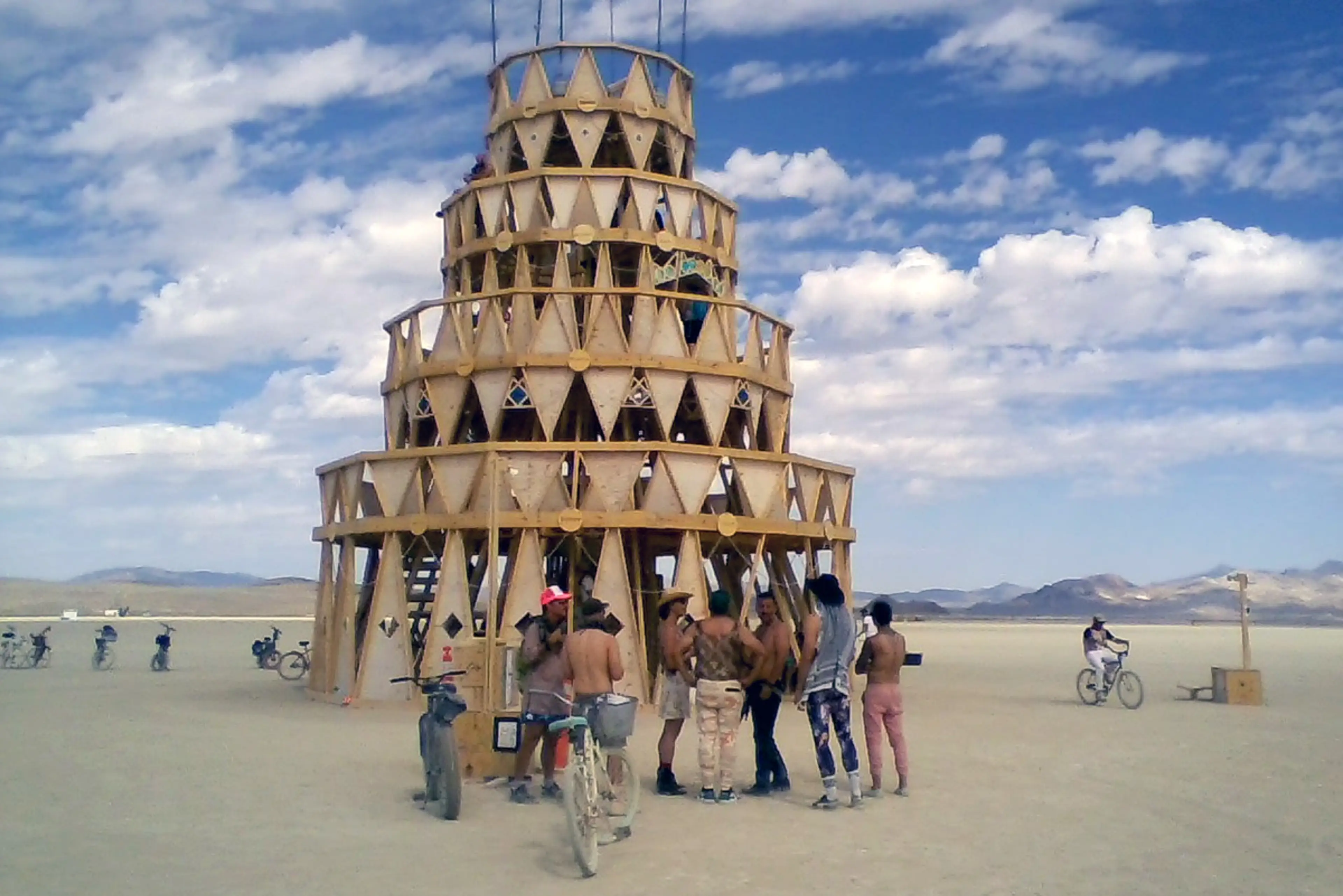
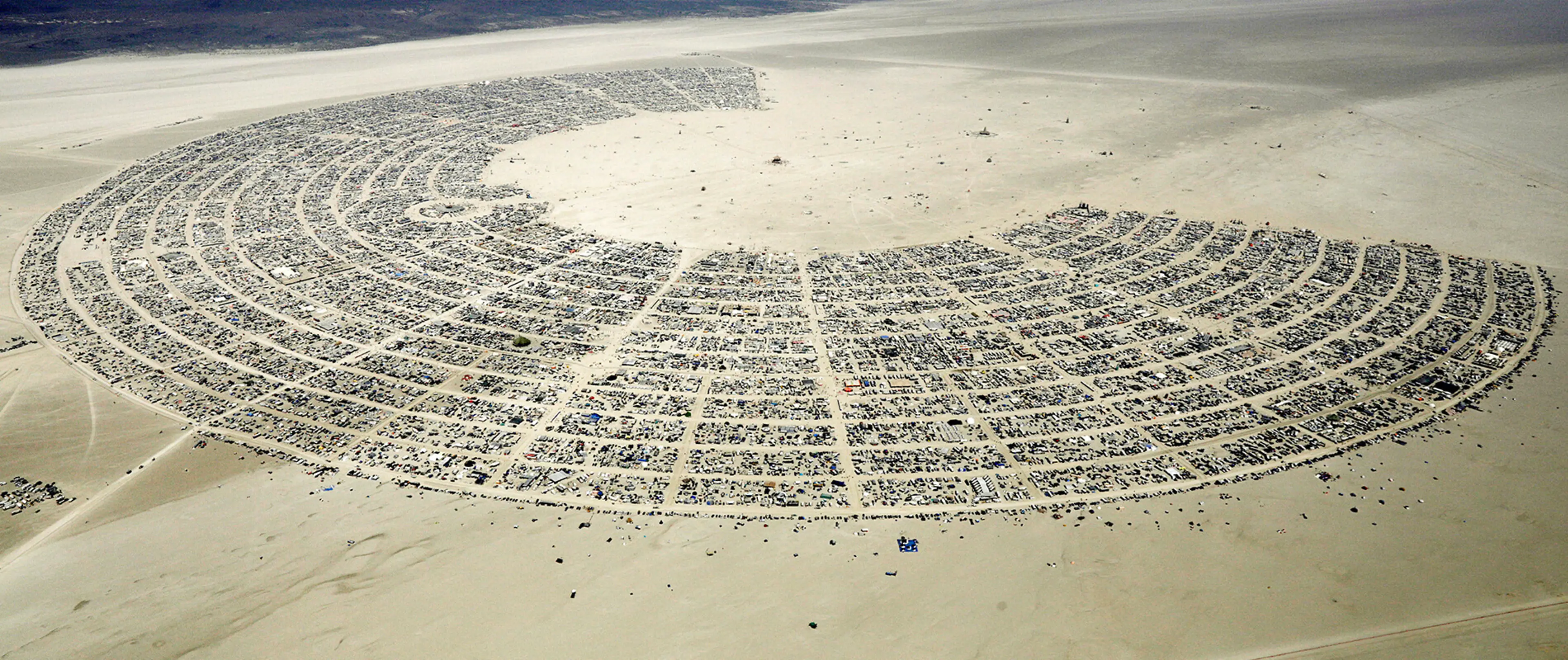
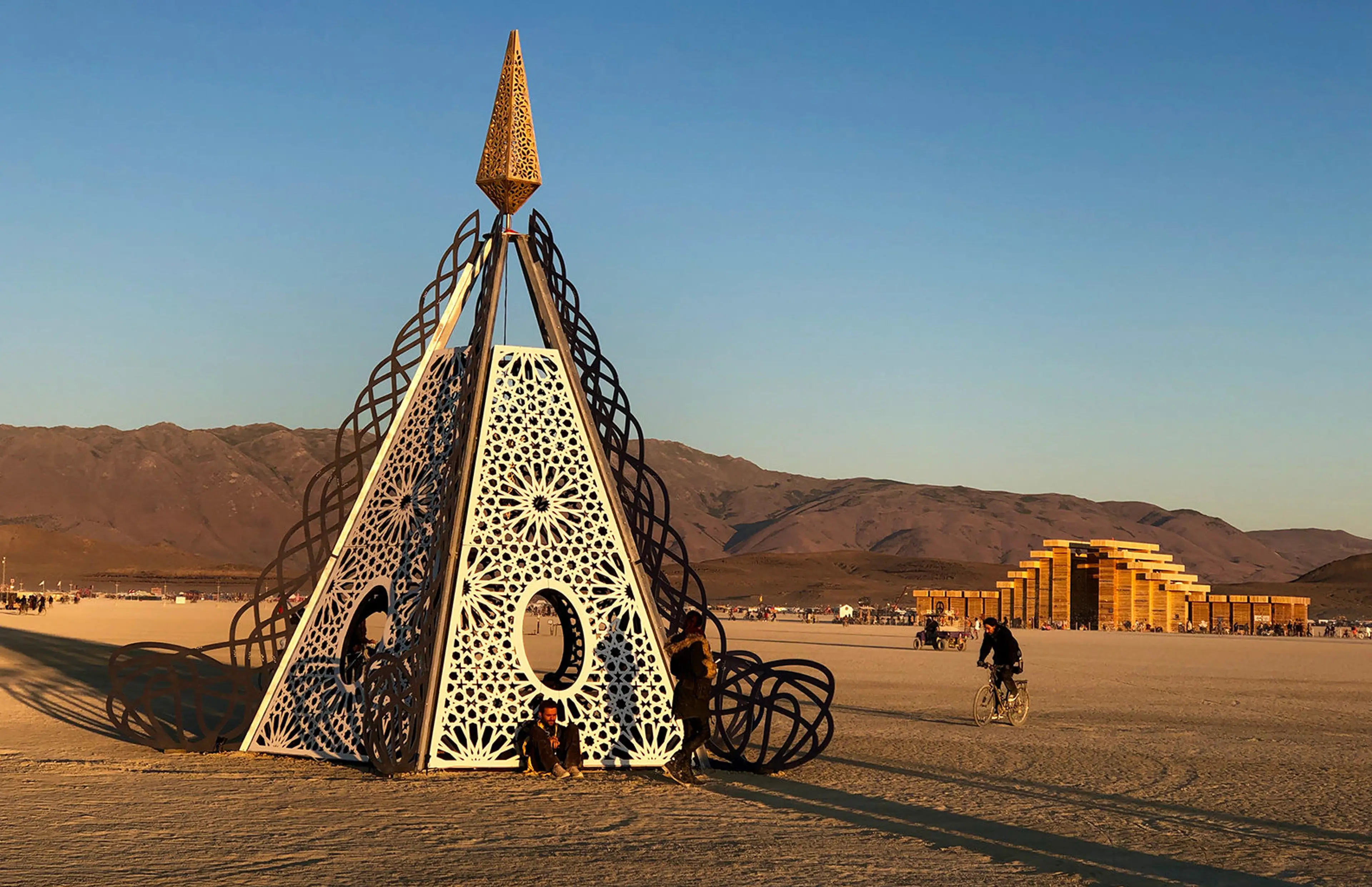
Across statelines, socio-economic status is becoming increasingly irrelevant at Coachella year-on-year. With the demographic being largely wealthy and in the public eye, neither are considered impressive. In this environment, people have to go further to stand out.
To meaningfully innovate in CX, the designed experience needs to be driven by these kinds of insights. Ones which provoke open questions: How might we (as a brand) create or facilitate a totally cashless value exchange at Burning Man? Or how can we help someone to stand out in a sea of thousands at Coachella?
How do we amplify experience?
For us, there’s two schools of thought:
- Functionality & Convenience – all about streamlining CX, taking away/alleviating pain points.
- Spectacle, Novelty, Immersion – amplifications that drive perceived value through associated meaning.
Touch points can be purely one or the other, or they can be a fusion of both. This year Glastonbury Festival partnered with Landrover on an “electrifying lineup” of hybrid Defenders as the festival’s Official Vehicle Partner, bringing headliners to site and stage smoothly and swiftly across terrain trickier than tarmac. So while spectacle is exciting and our focus here, functionality should never be downplayed. Especially when it’s so stylish.

Designing the Festival Experience
If the experience economy is already taking a new shape, brands who continue to operate on a product-centric mindset are going to be left in the queue. There are much more interesting things to do in these spaces than just giving away products, moments which are more aligned to brand and provide an experience that goes beyond taking home tat.
There is opportunity, however, for tangible products to become symbols of the festival if well thought-out enough. Think of the vuvuzela, synonymous with the 2010 World Cup in South Africa, or Wimbledon’s strawberries and cream.
To ideate across the spectrum, think of every force. What drives perceived value in peak experiences? We’ll start with the fabled ‘feel factor’.
Emotion
We’re all aware DTC relationships must go beyond the transactional in our times. With so much choice in markets, the discerning consumer is pulled in by their heart strings.
The ability to elicit awe, anticipation or exhilaration is proven to leave a deep, lasting impression on an individual. Within the festival experience, brands just need to be the ones authoring those emotions. And often, they come purely from designed aesthetics.
Imagine if Zaha Hadid Architects designed a stage: futuristic and fantastical, maybe even interactive. It would surely top an online listicle for world’s coolest settings, pined after by bands and DJs everywhere.

Or what if a brand could come up with a creative way to facilitate acts of kindness within the festival space? What if Hennessy employed a “drinks here are made to be shared with strangers” messaging? Or if a giveaway for backstage passes became nomination-led?
What if geocode app What3Words dropped location points across the festival site for brand-led activations or carnivalesque celebrations? Triggering those feelings of awe in the moment and anticipation in the buildup.
Immersion
As spaces which are highly divergent from their everyday, studies show that surreal aesthetics enhance feelings of immersion.
The sense of being in a totally different world is often leveraged at music festivals. Boomtown Fair describes itself as “a living theatre that ignites imagination and inspires the emergence of a better world”. Each ‘Chapter’ (the events themselves) hosts a scavenger hunt for attendees to become part of, complete with acted characters and sensorial settings throughout the site.
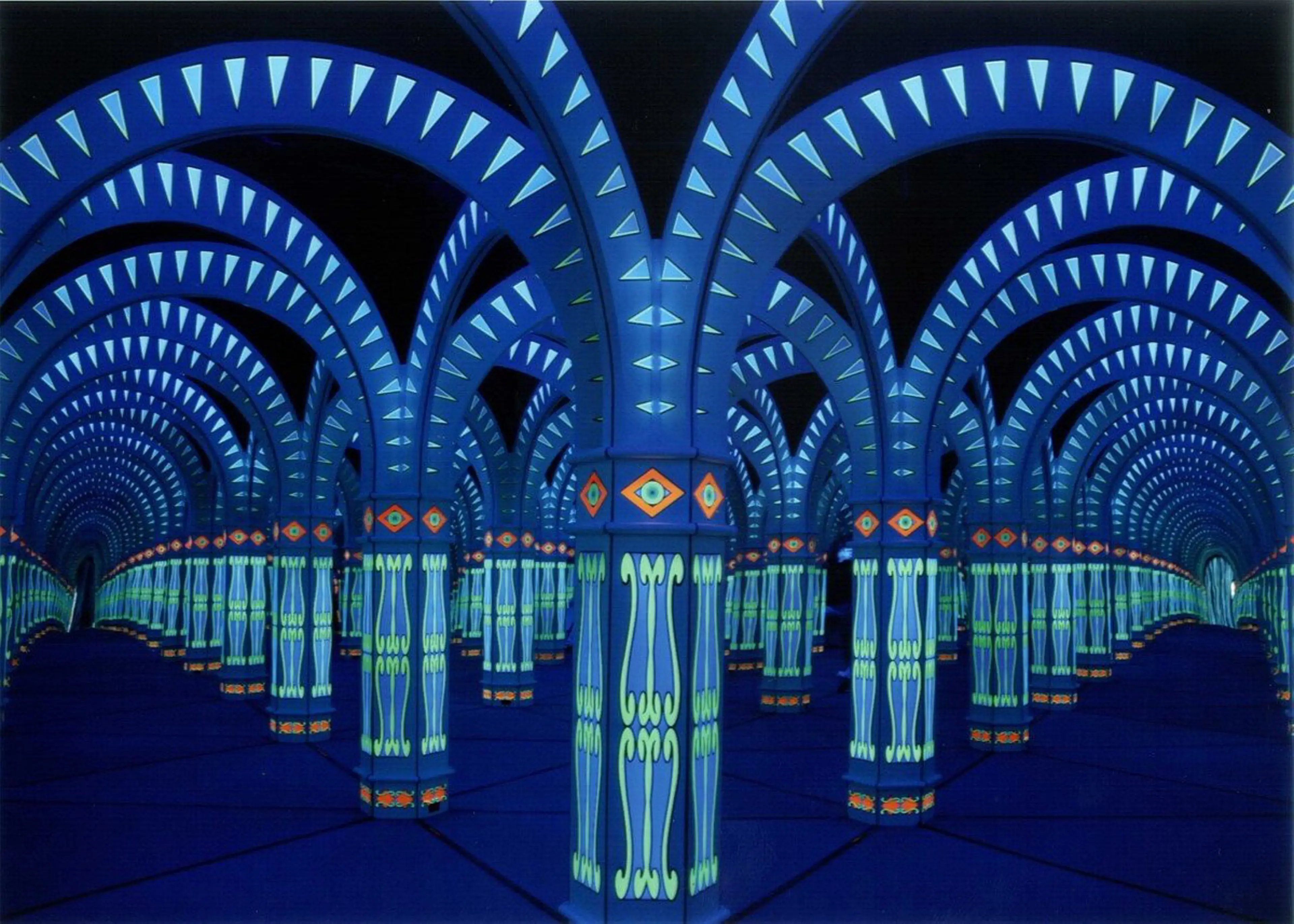
What if Jimmy Fairly created a ‘Through The Looking Glass’ experience – a hall of mirrors or a glass maze, perhaps made from their lens materials. Or consider an on-site Fender Hall of Fame, chronicling the brand’s history in music or at the festival itself if tenured enough. An on-site bar could have drinks named for artists or pivotal moments; a flaming sambuca in honour of Jimi Hendrix burning that Stratocaster in ‘67.
With bold enough thinking, immersion is easy to tap into. Festivals hold a captive audience, those who desperately desire to escape the mundane for a while—brands simply need to be the builders of new worlds and gain loyal tourists in return.
Connection
Anyone who’s ever been to a festival knows that feeling of community is rife. There’s an overriding sense of being in it together, an intense sense of fun you don’t really experience anywhere else.
The shared experience carrying everyone makes festivals an optimal time for new connections. People are genuinely open to meeting and forming new groups—a unique scenario that’s more organic than other organised events.
Even those who don’t branch out far find their pre-known groups more attached to one another, perhaps due to the disclosure of the hidden self at these events. Festivals, and by extension brands, can act as portals for people to learn more about themselves and, consequently, how they relate to others.
At every festival, in every group, natural meeting points occur. Either when the phone signal is shit or no one can see well-enough to type a text. Branded meeting points seem like a clear and easy win. Make them beautiful and big (visibility is key here), take inspiration from Glastonbury’s Greenpeace tree and watch the people gather.
Social interaction is such a rich space for innovation and ideation and, at festivals, talking to strangers is quite natural. Even for the shyest of participants, they’re still a largely shared experience. How can brands promote new relationships? Or at least play a part in it? What if a company known for cool and complex design created a seat that only functioned when two people used it; a kind of connection-driven balancing act?
Meaning
When just attending is considered a lifetime achievement, meaning surrounding festivals is literally what you make it. Driven by a person’s motivations, interests, biases and memories, meaning can only be moulded so far by brands. Nonetheless, they can play a pivotal role.
If brave enough, festivals are ideal places for subtle (or not so subtle) socio-political statements. The narrative pinnacle of Boomtown’s scavenger hunt comes in the form of planting seeded paper which eventually grows into ‘flowers of revolution’. A potent moment that would be perfect for a brand like Patagonia to put their name to and weight behind. What’s your brand’s equivalent?
For brands with already powerful messaging and meaning, it’s about aligning with the right festival and designing the right moment. Imagine Dr. Martens—celebrators of counterculture for six decades—building a venue with a kinetic dance floor. The message: “STOMP HERE”. The energy generated could be used sustainably to power the venue or festival light shows, similar to Coldplay’s use of stationary bikes in the crowds of their Music of the Spheres World Tour.
If memories play a key role in making meaning, a brand like Leica or Polaroid could dot cameras around the festival site for collective use: a pick-up, shoot, snap, put back process.
Moments of spectacle, delight, charm and transformation don’t have to be convoluted. Half the appeal of festivals is their simpler way of life. No need to overthink it.
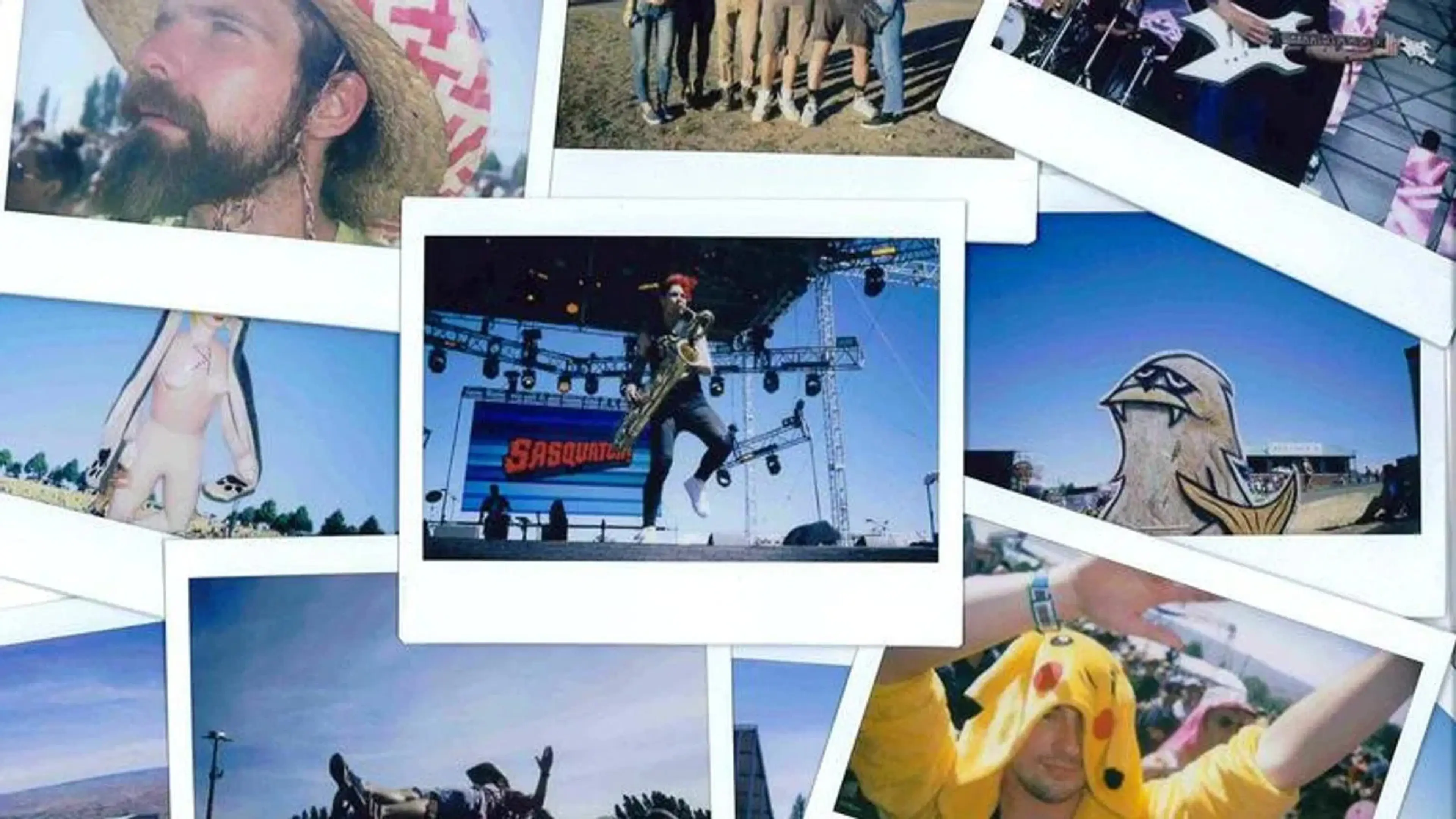
Timeless Brands & Timeless Memories
The strongest brands of today look to carve out a place in the mind, through touchpoints devoted to luxury, awe, spectacle, novelty, connection. Festivals offer brands an already captured and engaged audience, people who are actively seeking out extraordinary, transformative experiences and who will show gratitude and loyalty to whoever can faciliate them.
So whether it’s via emotion, immersion, connection or meaning, playing a part (even a small one) in potential transformative and self-actualising experiences adds value normal metrics can’t measure. For the discerning consumer, it’s not about non-stop selling and purchasing, it’s about the network of moments your product sparks. And how they can elevate our selves, our experiences, our life contexts — even in the muddiest of fields.
Looking for creative provocations? Our proprietary method for meaningful innovation balances brand and conversion to create touchpoints that matter to your customer. To dive a little deeper and find out about our services, get in touch with one of our consultants via [email protected].
Brand & CX


